Postpartum Hair Loss
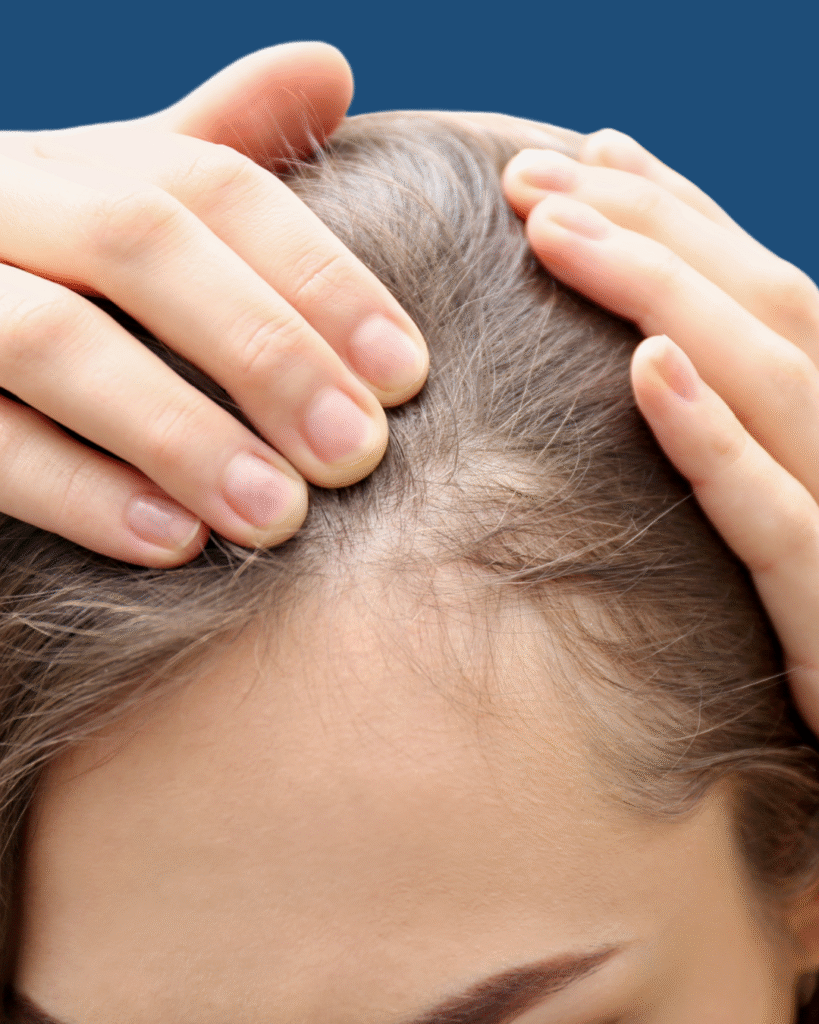
Postpartum hair loss, also known as telogen effluvium, is a common and temporary condition that occurs after childbirth. During pregnancy, elevated estrogen levels prolong the growth phase of hair, resulting in thicker strands. After delivery, hormone levels drop, causing more hair follicles to shift into the shedding phase.
Most women notice increased hair fall around 2 to 4 months postpartum, especially around the temples or hairline. While alarming, this condition is normal and usually resolves on its own within 6 to 12 months.
To support recovery, focus on gentle hair care, a balanced diet rich in iron and protein, and stress management. Avoid tight hairstyles or harsh treatments during this period. If hair loss persists beyond a year or worsens significantly, it’s best to consult a healthcare professional to rule out other causes like thyroid imbalances or nutritional deficiencies.
Alopecia Areata
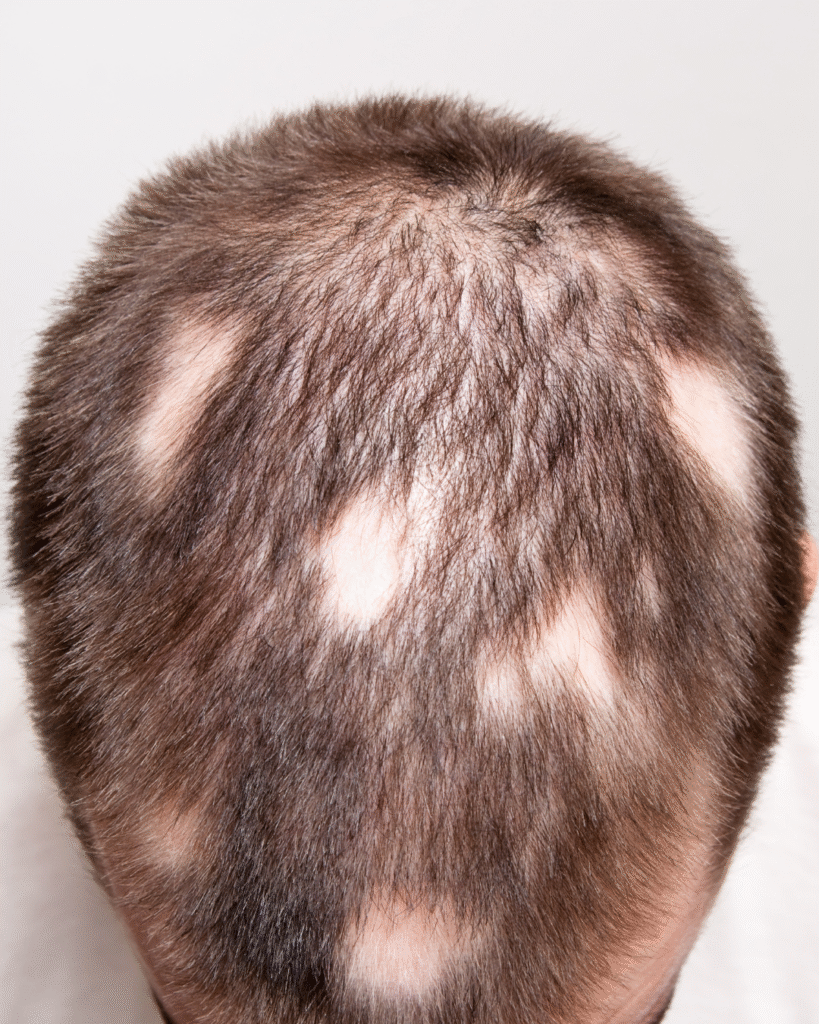
Alopecia Areata is an autoimmune condition where the body’s immune system mistakenly attacks hair follicles, leading to sudden, patchy hair loss on the scalp, eyebrows, or other areas of the body. The affected skin typically appears smooth and hairless without signs of inflammation or scarring.
While the exact cause remains unknown, it’s often triggered by stress, genetics, or other autoimmune disorders. The severity can vary—some individuals experience only a few small bald patches, while others may face more extensive hair loss.
Female Pattern Hair Loss
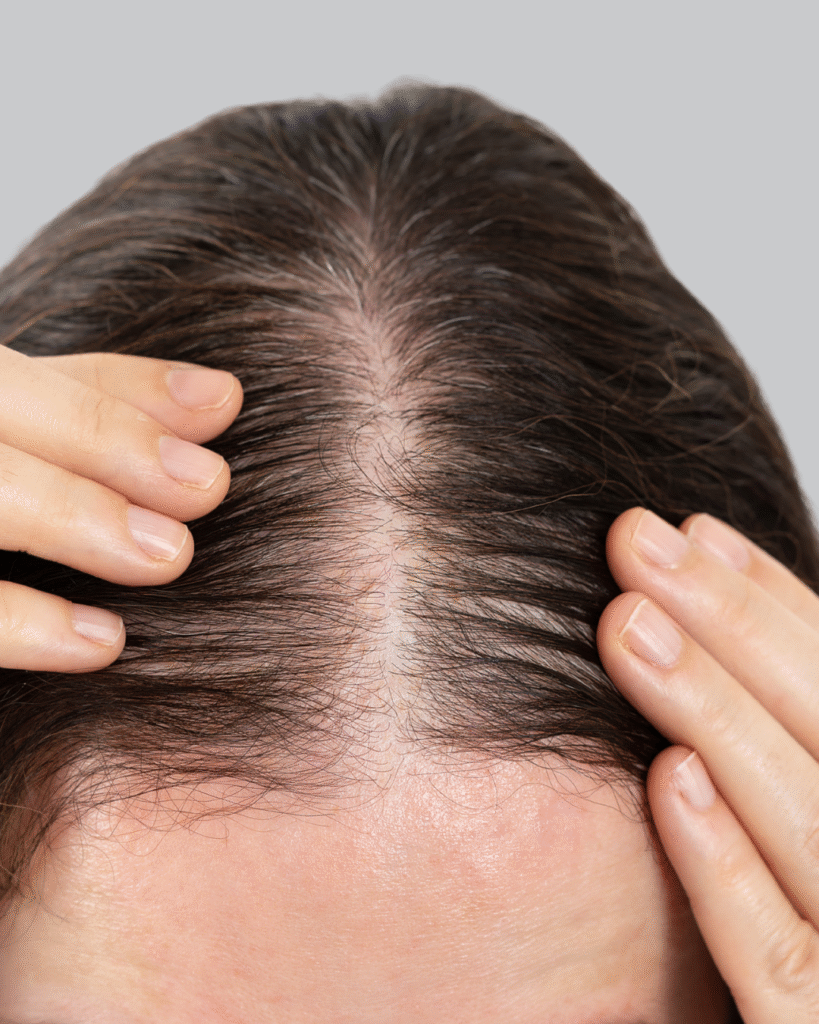
Female Pattern Hair Loss is a common form of hair thinning that typically affects women after puberty, especially with age or hormonal changes. Unlike male baldness, FPHL presents as a gradual reduction in hair volume, often starting at the crown or widening of the part line, without a receding hairline. This condition is largely genetic […]
Chemically Damaged Hair Scalp
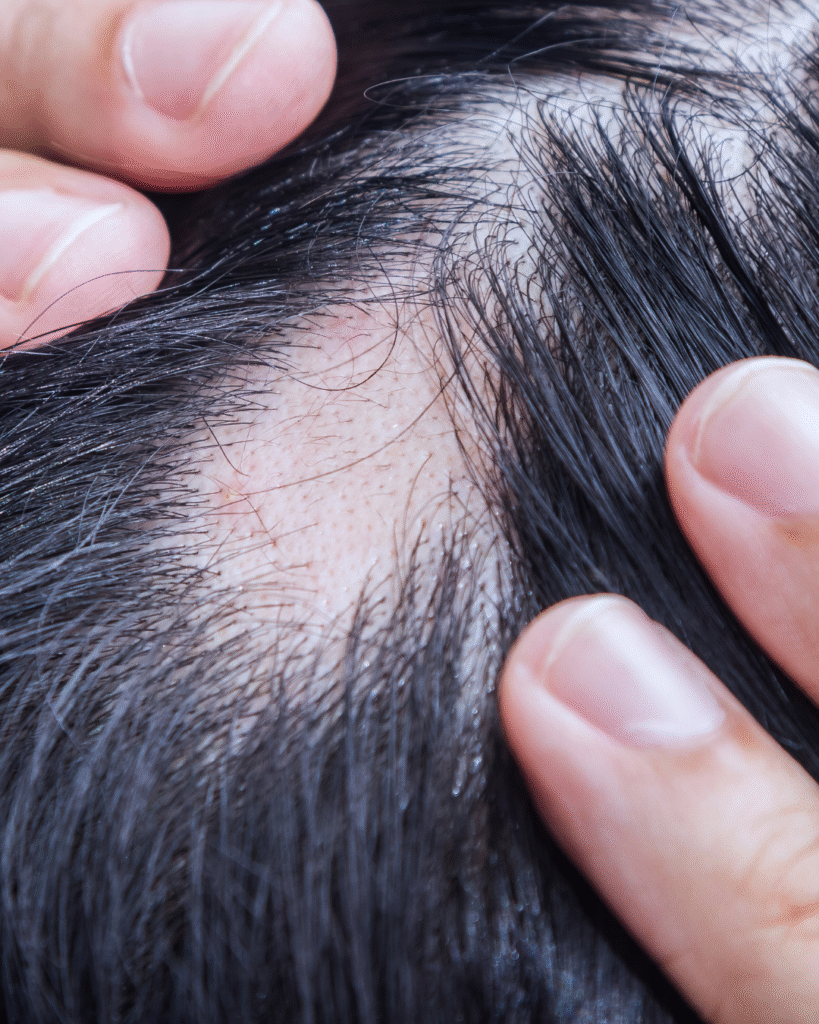
Chemical treatments such as bleaching, perming, straightening, and frequent hair dyeing can severely compromise the scalp’s natural barrier. Over time, this leads to symptoms like dryness, flaking, sensitivity, itchiness, and even inflammation. A chemically damaged scalp often struggles to produce healthy sebum and maintain moisture levels, resulting in brittle strands and poor hair growth.
Oily Scalp
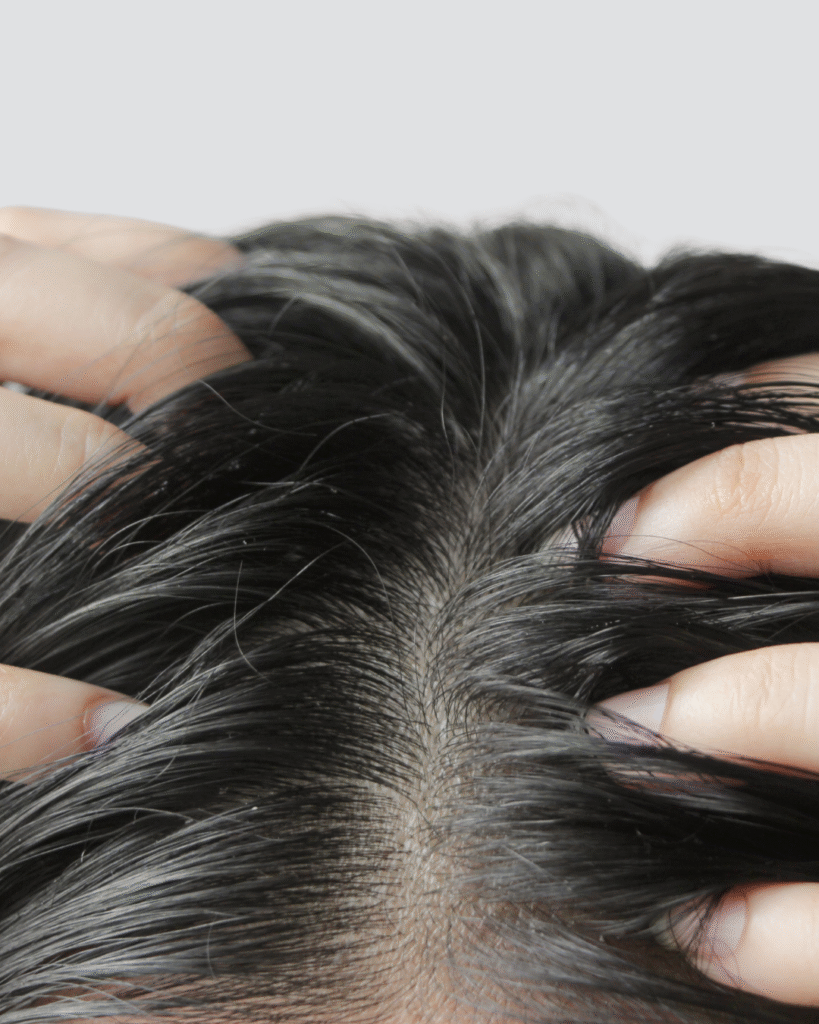
Excessively oily skin (seborrhoea) on scalp is due to overactive sebaceous glands and can affect both males and females. The oil produced by the skin is called sebum. The scalp and face are most commonly affected by seborrhoea.
Scalp affected by seborrhoea will present with unpleasant smell, dirty scalp, acne and may lead to seborrhoeic dermatitis.
Male Pattern Hair Loss
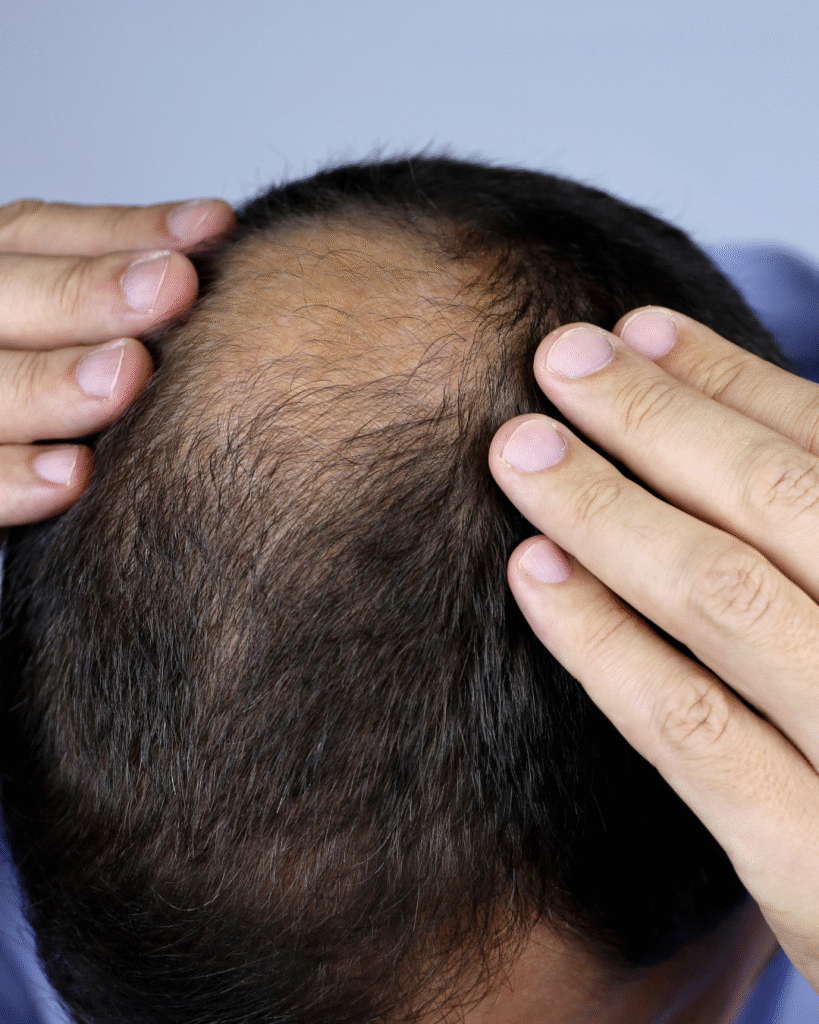
The most common type of diffuse thinning of the hair and balding that occurs in adult males. It is due to a combination of hormones (androgens) and a genetic predisposition.
So, it is also called androgenetic alopecia. It is characterised by a receding hairline and hair loss on the top and front of the head, the “M” and “O” shape baldness.
